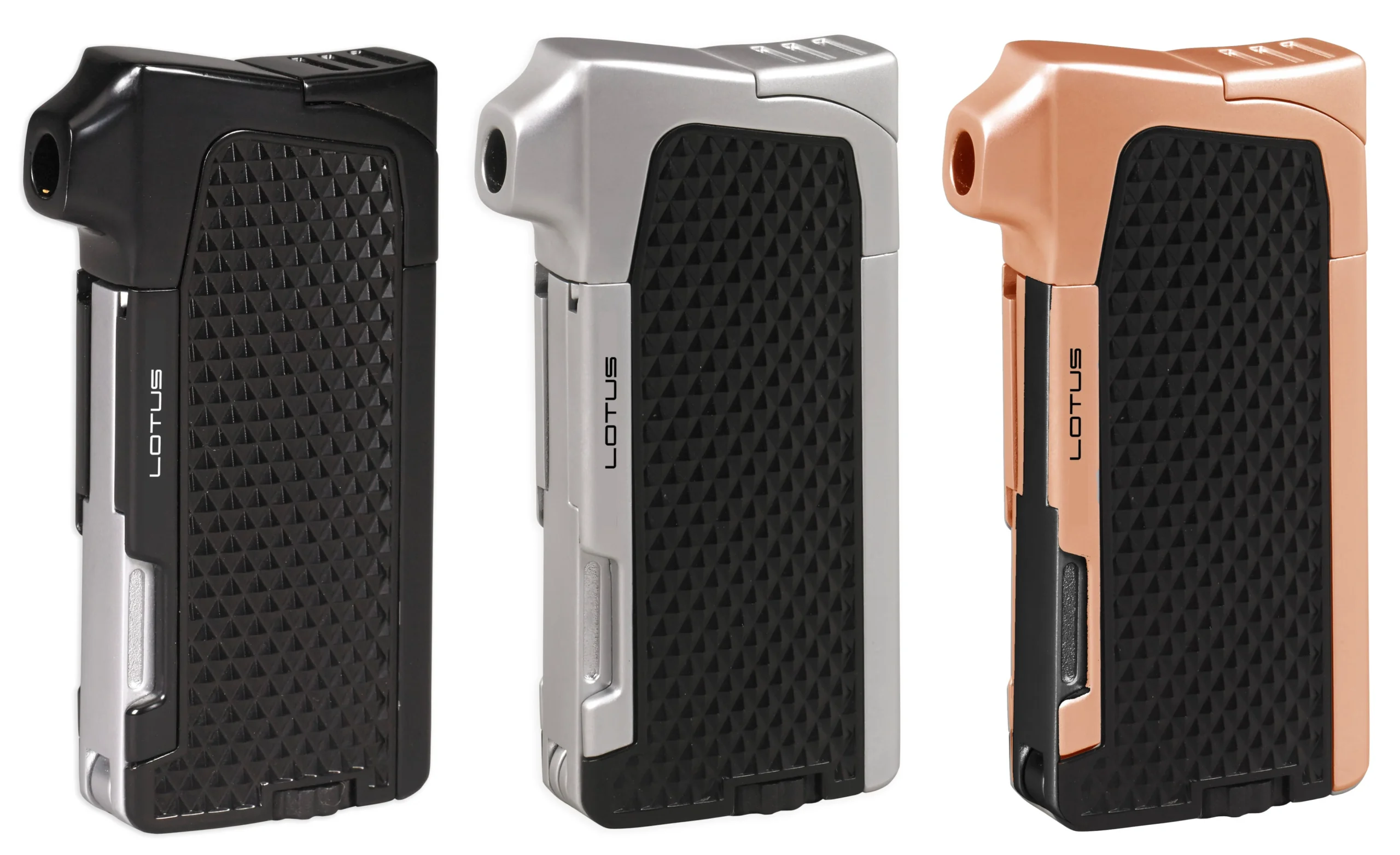A campfire cooking kit consists of a collection of tools and utensils designed to make preparing and cooking meals over an open fire easier. Unlike traditional kitchen gear, campfire cooking equipment is built to withstand the high temperatures and rugged conditions of outdoor environments. These kits typically include cookware, utensils, and accessories that make cooking on a campfire simple and efficient.
Basic Components of a Campfire Cooking Kit
- Cookware: Pots, pans, and griddles designed for campfire use.
- Utensils: Long-handled tongs, spatulas, and ladles to manage food on an open flame.
- Fire-Safe Accessories: Items like fire gloves, trivets, and grill grates for safe handling.
- Storage and Cleaning Supplies: Bags and cleaning tools that help keep the kit organized and ready for future use.
The Importance of Durable, Heat-Resistant Materials
When choosing a campfire cooking kit, it’s important to ensure that your tools are made from durable, heat-resistant materials. Cast iron, stainless steel, and aluminum are commonly used materials due to their ability to withstand high temperatures without warping or deteriorating. Cast iron is particularly popular for campfire cooking because it distributes heat evenly and can last for decades with proper care.
Types of Campfire Cooking Kits
Depending on your camping style, different types of campfire cooking kits cater to various needs. Below are the most common types you’ll encounter.
1. Basic Campfire Cooking Kit
A basic campfire cooking kit is perfect for those who prefer simplicity and minimalism in the wild. It typically includes essential tools such as:
- A cast iron skillet or pot for frying, boiling, or sautéing.
- Long-handled utensils like tongs and spatulas to keep your hands safe from the fire.
- A grill grate or tripod for positioning over the fire.
2. Deluxe Campfire Cooking Kit
For campers who enjoy more elaborate meals, a deluxe cooking kit might be the right choice. These kits offer more advanced features, such as:
- Multiple pots and pans of various sizes.
- A Dutch oven for baking or slow cooking.
- Portable grills or spit roasters for barbecuing.
- Specialized tools like marshmallow roasting forks and coffee percolators.
3. Backpacking Cooking Kit
If you’re hiking and camping in remote areas, portability is crucial. A backpacking cooking kit is lightweight and compact, ensuring that you can carry it easily without sacrificing essential tools. These kits often include:
- Lightweight aluminum cookware.
- A foldable stove for areas where open fires aren’t permitted.
- Compact utensils that pack neatly into a carrying case.
Essential Tools for Campfire Cooking
No matter the type of campfire cooking kit you choose, certain tools are indispensable. Here’s a breakdown of the most essential items every campfire cook should have.
1. Cast Iron Skillet or Dutch Oven
Cast iron cookware is the backbone of campfire cooking. A cast iron skillet is versatile enough to handle frying, sautéing, and even baking. For those interested in slow-cooked meals, a cast iron Dutch oven allows you to cook stews, roasts, and even bread over an open flame.
- Why Cast Iron?: Cast iron holds and distributes heat evenly, ensuring your food cooks thoroughly. It’s incredibly durable and can be used directly in the fire or over hot coals.
2. Grill Grate or Tripod
A grill grate is a metal grid that you can place over your campfire to hold pots, pans, or food directly over the flame. Tripods allow for adjustable height, making it easier to control cooking temperatures by raising or lowering the pot.
3. Fireproof Gloves
Handling hot cookware directly from the flames can be dangerous. Fireproof gloves, typically made from heat-resistant materials like leather or silicone, are a must for safely managing your campfire cooking setup.
4. Long-Handled Utensils
Regular kitchen utensils aren’t long enough to keep you safe from the fire’s heat. Long-handled tongs, spatulas, and forks allow you to flip and stir food without getting too close to the flames.
5. Folding Table and Utensil Organizer
To keep things organized and accessible, a folding table or an utensil organizer is an excellent addition to your kit. These tools help keep your cooking area clean and functional, ensuring you have everything at hand when preparing meals.
Advanced Cooking Techniques for Campfire Meals
Mastering the art of campfire cooking requires some knowledge of different cooking methods. Here are some of the most common techniques used by seasoned campers:
1. Cooking Over Direct Flame
This is the most basic method of cooking over a campfire. Simply position your pan or pot directly above the fire on a grill grate or tripod. While this method can produce quick and delicious results, it requires constant monitoring to prevent burning.
2. Cooking Over Coals
For more consistent heat, many campers prefer to cook over hot coals rather than the open flame. This technique is particularly useful for roasting, slow-cooking, or baking. Dutch ovens are often used for this type of cooking, as they can be placed directly on the coals with additional coals placed on the lid for even cooking.
3. Spit Roasting
For the ultimate campfire barbecue experience, try spit roasting. This method involves slowly rotating a piece of meat (such as chicken or game) over the fire on a spit, allowing it to cook evenly while developing a smoky flavor.
4. Foil Packets
Cooking with foil packets is a convenient way to prepare meals without needing much cleanup. Simply wrap ingredients (like vegetables, fish, or meat) in aluminum foil and place them directly on the coals. The foil traps heat and moisture, cooking the food thoroughly and enhancing its flavor.
5. Baking with a Dutch Oven
One of the most exciting campfire cooking methods is baking with a Dutch oven. By placing the oven on top of hot coals and adding more coals on top of the lid, you can bake bread, cakes, or casseroles right in the middle of nature.
How to Care for Your Campfire Cooking Kit
Proper maintenance of your campfire cooking kit is essential to keep it in good condition for many camping trips to come. Here are a few tips for caring for your gear:
1. Cleaning Cast Iron
After cooking with cast iron, avoid using soap, as it can strip the seasoning from the surface. Instead, scrub the skillet or Dutch oven with a stiff brush and warm water. Dry thoroughly, and apply a thin layer of cooking oil to prevent rust.
2. Storing Your Kit
Keep your campfire cooking kit stored in a dry and ventilated place to avoid moisture buildup, which can lead to rust, especially with cast iron cookware. Store items in a canvas bag or other sturdy, breathable material that allows air circulation.
3. Inspecting for Damage
Before heading out on your next trip, always inspect your cooking gear for any signs of wear or damage. Check that handles are secure, latches work properly, and there’s no rust or cracks in your cookware.
Top Brands for Campfire Cooking Kits
There are several reliable brands that offer quality campfire cooking kits. Here are some of the most popular choices:
- Lodge Cast Iron: Known for their high-quality cast iron cookware, Lodge products are a staple in campfire cooking.
- Stanley: Stanley offers durable and compact camping cookware ideal for backpackers and minimalists.
- GSI Outdoors: A favorite among outdoor enthusiasts, GSI offers a wide range of cooking kits designed specifically for camping.
- Coleman: Well-known for its camping gear, Coleman’s cooking kits are both affordable and dependable.
Final Thoughts
A well-equipped campfire cooking kit can transform your outdoor dining experience, allowing you to enjoy delicious, hearty meals in the wilderness. Whether you’re grilling, frying, or baking, having the right tools will make campfire cooking easier, safer, and more enjoyable. From basic kits to deluxe setups, there’s something for every kind of camper. Make sure your kit includes durable, heat-resistant tools that can stand up to the rigors of outdoor use, and always take care of your equipment to ensure it lasts for many adventures.





